This year’s B.C. property assessments for the City of Vancouver continued a long trend.
The total value of properties in the city is $528 billion. Residential properties account for 73 per cent — 41 per cent of the total are single-family including duplexes, 22 per cent residential strata and 10 per cent other residential, which includes purpose-built rental.
That’s 4.25 times the $124-billion total in 2006, driven by increases in land value that outstripped increases in building value.
In just the last 10 years, the total property value has more than doubled. That’s a $270-billion increase — and $230 billion of it comes from increases in land value. All the high-value construction in Vancouver over the last decade, designer houses and shiny condo towers, is worth only a small fraction (less than one-fifth) of the increase in land value.
The increase in building value — aside from general inflation — is the result of productive activity by or on behalf of owners.
The increase in land value, on the other hand, is created by society, by the community, through public investments in infrastructure (notably transit) and amenities, and sometimes by nearby private development.
It is also the result of increased population demand and increased densities approved by rezoning. In Vancouver’s case, it is also the result of being a “gateway city” into which transnational capital and people flow, as detailed in the recent book Housing Booms in Gateway Cities by David Ley, University of British Columbia geography professor emeritus.
The increase in land value accrues to property owners, even though they have done nothing to earn it. It is a staggering amount of money (although some part of that is paid out to realtors, lawyers, banks and consultants, and in taxes).
Some of the increase remains locked up, as it were, for example by single-family homeowners who don’t want to move.
But the potential to cash in is always available, and many people, including speculators, homeowners and developers, have cashed in very well. Here are just a few examples.
In October 2011, after construction of the Canada Line and the Cambie Corridor upzoning, 10 houses on Cambie near 41st Avenue sold for $3.4 million each — nearly three times their previously assessed value. A multimillion windfall for the owners based on government decisions.
Single-family properties in the upzoned Cambie Corridor continue to command mega-prices, listed for approximately $10 million each (up from $90,000 in the 1970s).
Developer Westbank entered into a contract in 2012 to buy 87 per cent of its Vancouver House development site — now the twisting tower at the north end of the Granville Street bridge — for $32.4 million. When Westbank concluded its purchase in 2014, that land was appraised at $127.9 million.
In 2018 a single-family house at 486 W. 26th near the Canada Line’s King Edward Station, assessed at $8 million, sold for $12 million.
Those are just a few examples of the ways increasing land values and increasing densities are making some people rich but creating big problems for the rest of the population. Those problems include making housing more expensive and creating needs for physical and social infrastructure that are difficult and very expensive to satisfy. Infrastructure includes schools, community centres, libraries, child care and parks, as well as water and sewer and roads and trails. As market housing gets more and more expensive, there is also a greater need for non-market affordable housing.
Capturing part of the increases in land value to help meet public needs is not a new idea. Vancouver and other cities have used community amenity charges to capture some of the “land lift” from rezoning using both negotiated benefits — like child care and community spaces — and fixed charges.
Both approaches have their difficulties and inefficiencies.
The province’s recent transit-oriented development and small-scale multi-unit housing legislation imposes blanket upzonings and reduces the potential for raising money through such charges.
At the same time its upzonings will lead to speculation and significantly increased land values in some areas. Those same upzonings will also generate the need for new infrastructure and amenities to serve the increased density and population. Numerous municipalities have expressed their concerns about financing infrastructure as a result of this provincial legislation. A Metro Vancouver report expressed concern about the legislation’s negative impact on funding community amenities and provision of non-market/affordable housing.
Premier David Eby, during his run for the NDP leadership in 2022, promised to enact an anti-flipping tax. His government subsequently announced the anti-flipping tax several times during 2023, but it did not accompany the government’s housing legislation with its massive upzoning, which was passed in November.
The anti-flipping tax is now scheduled to come into effect on Jan. 1, 2025. It will be very limited in scope (and have certain exemptions), comprising a 20 per cent tax on profits for a home sold within 12 months and a sliding scale declining to zero on sales over the next 12 months. Government estimates are that it will raise revenues of $11 million in the first half of 2025, increasing to $43 million annually over the subsequent two years. This is a very small amount compared with the $2 billion raised annually by the property transfer tax.
Capturing the land value increases for public benefit
A straightforward approach to capture some of the massive land value increases for public benefit would be for the province to implement a provincial capital gains tax on land (not including buildings), which could be collected in conjunction with the property transfer tax.
The proceeds would be dedicated to affordable housing (technically a provincial responsibility) and infrastructure, and shared with municipalities. Of course, many details would need to be worked out. For example, the tax rate could be graduated based on length of ownership, and there could be limited exemptions for principal residences.
Some people who are now profiting from increases in land value, including landowners, land speculators and flippers of development sites, will decry this idea as socialism or communism. In reality the idea of special taxes on land or “unearned increment” for public benefit has a solid capitalist and conservative pedigree.
Adam Smith, the patron saint of capitalism, wrote:
Ground rents are a species of revenue which the owner, in many cases, enjoys without any care or attention of his own. Ground rents are, therefore, perhaps a species of revenue which best bear to have a particular tax imposed upon them.As soon as the land of any country has all become private property, the landlords, like all other men, love to reap where they never sowed and demand a rent even for its natural produce.
A tax upon ground-rents would not raise the rents of houses. It would fall altogether upon the owner of the ground-rent, who acts always as a monopolist, and exacts the greatest rent which can be got for the use of his ground.
John Stuart Mill, the great 19th-century English philosopher and proponent for reformed capitalism, coined the term “unearned increment” to label an increase in the value of land without expenditure or effort on the part of the owner. He proposed taxing it to benefit every member of society and famously wrote, “Landlords... grow richer, as it were in their sleep, without working, risking or economizing.”
Britain’s former Conservative prime minister Winston Churchill made strong arguments in favour of taxing land in 1909, which still apply today.
Unearned increments in land are not the only form of unearned or undeserved profit, but they are the principal form of unearned increment.Enrichment Without Service: Roads are made, streets are made, railway services are improved, electric light turns night into day, electric trams glide swiftly to and fro, water is brought from reservoirs a hundred miles off in the mountains — and all the while the landlord sits still. Every one of those improvements is effected by the labour and cost of other people.
Many of the most important are effected at the cost of the municipality and of the ratepayers. To not one of those improvements does the land monopolist, as a land monopolist, contribute, and yet by every one of them the value of his land is sensibly enhanced. He renders no service to the community, he contributes nothing to the general welfare; he contributes nothing even to the process from which his own enrichment is derived.
More recently, Ontario’s Conservative government under Premier William Davis passed the Land Speculation Tax Act in 1974. This imposed a provincial tax of 50 per cent on capital gains on land with certain exemptions, independent of the federal capital gains tax.
Arthur Meen, Ontario’s revenue minister at the time, explained: “Exemptions in the act and regulations developed to administer it will ensure that only those involved in the sale of land, where no real value has been added — in short, speculators — bear the burden of the 50 per cent tax on profits.” The stated purpose of the tax was not to raise revenue but rather to deter land speculation and to moderate the increasing price of housing. After four and a half years, the government said the tax had fulfilled its objective and was no longer needed. The tax was repealed effective Jan. 1, 1979.
Implementing the change
A provincial capital gains tax on land is simple in concept, and the Ontario precedent (imperfect as it is) shows that it can be done. It will not, however, be simple to design and implement the tax to raise substantial revenue in a fair way while ensuring there are no negative unintended consequences.
As a first step, it is important to recognize that the enormous increases in land wealth are created by the community, through economic, social and cultural activity, by increasing population demand, and by public investment in infrastructure and amenities.
This means that it is fair and reasonable to set up a mechanism for capturing a substantial part of that “unearned increment” for the community. That can be used to finance social and physical infrastructure (schools, community centres, libraries, child care, parks and so on, as well as water and sewer, and roads and trails) as well as non-market housing. These are very important needs, which we do not expect to be met by the private market.
Funding these needs should have been addressed by the province at the same time it passed legislation upzoning so many areas for increased density development.
Given the land value increases that will continue to flow with a boost from the upzoning, a provincial capital gains tax on land is an obvious choice to raise the necessary money. Hopefully the province will soon start to look at this option to raise the funds municipalities need — better late than never. ![]()
Read more: Housing




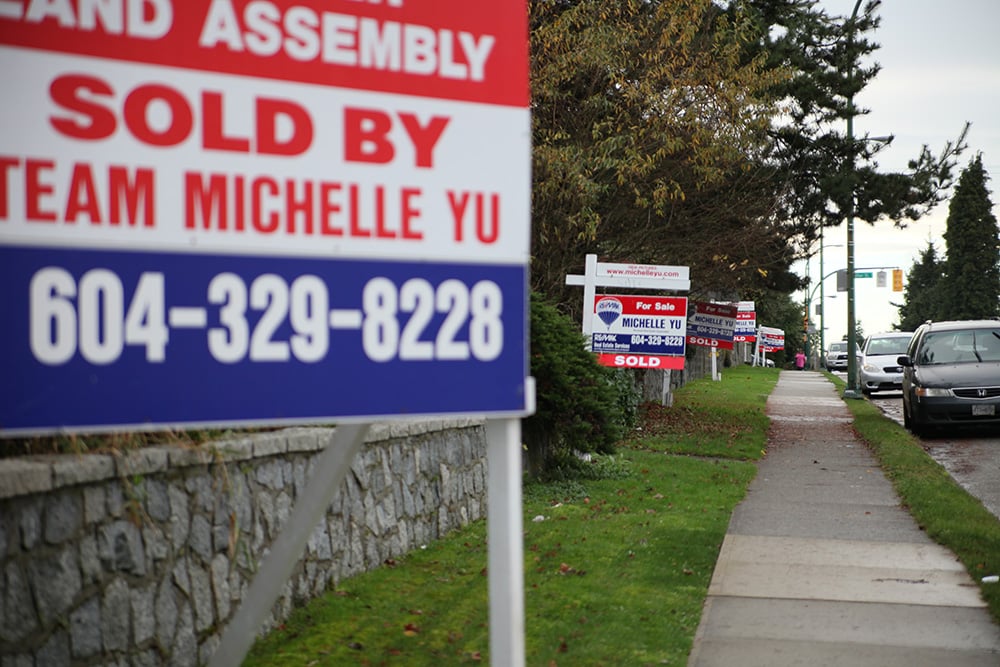
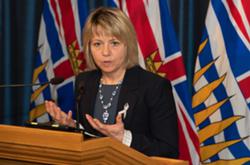
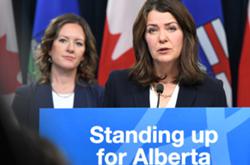
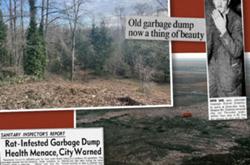
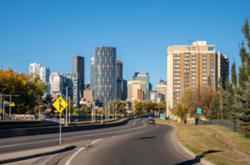








Tyee Commenting Guidelines
Comments that violate guidelines risk being deleted, and violations may result in a temporary or permanent user ban. Maintain the spirit of good conversation to stay in the discussion and be patient with moderators. Comments are reviewed regularly but not in real time.
Do:
Do not: